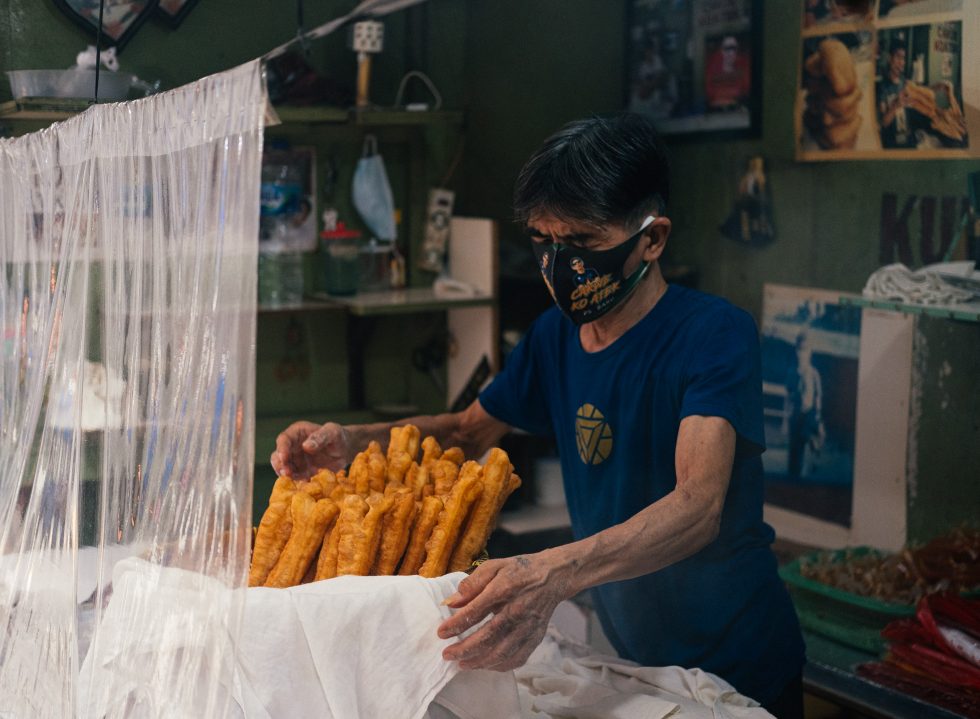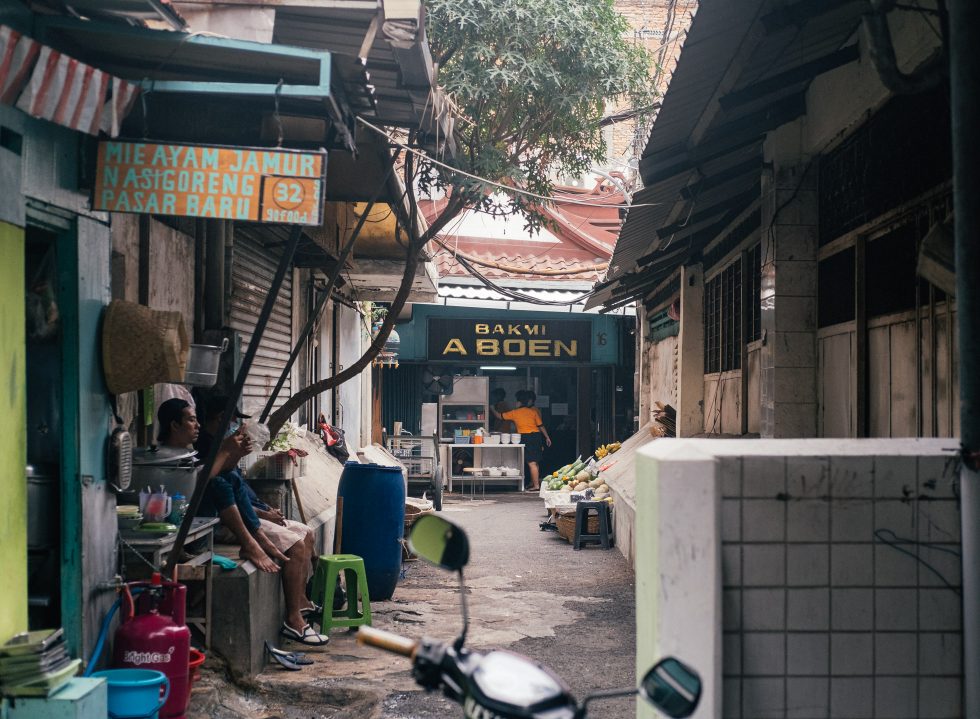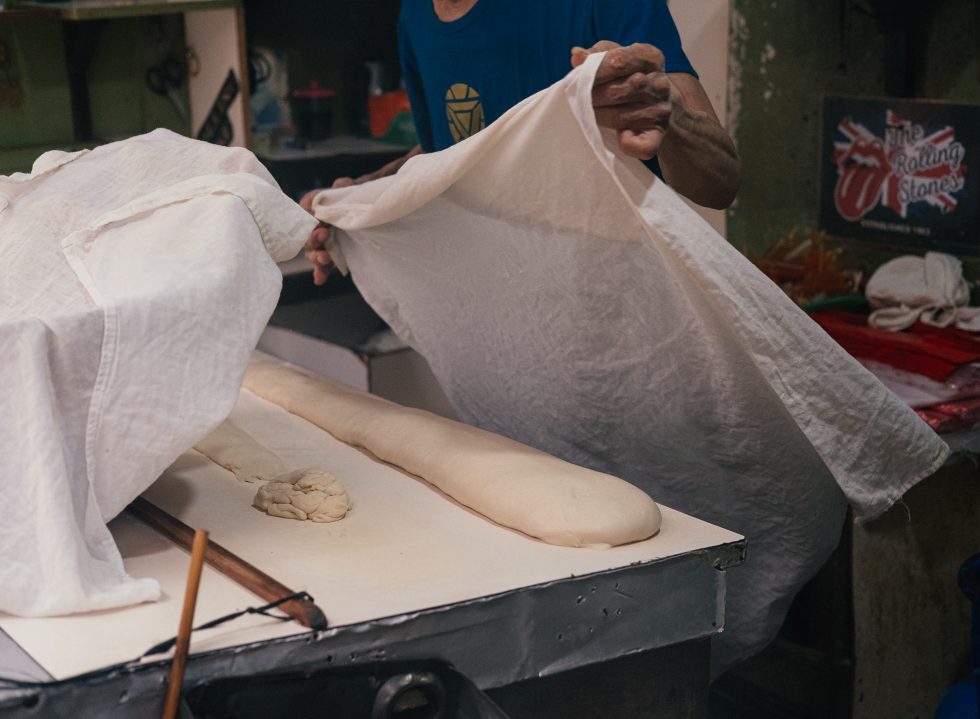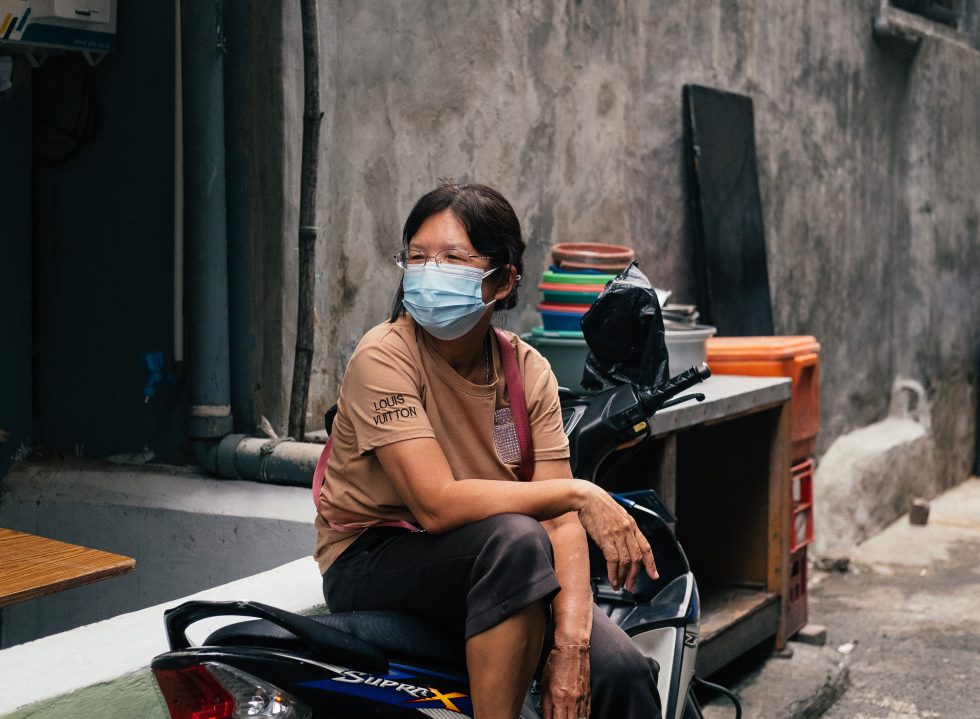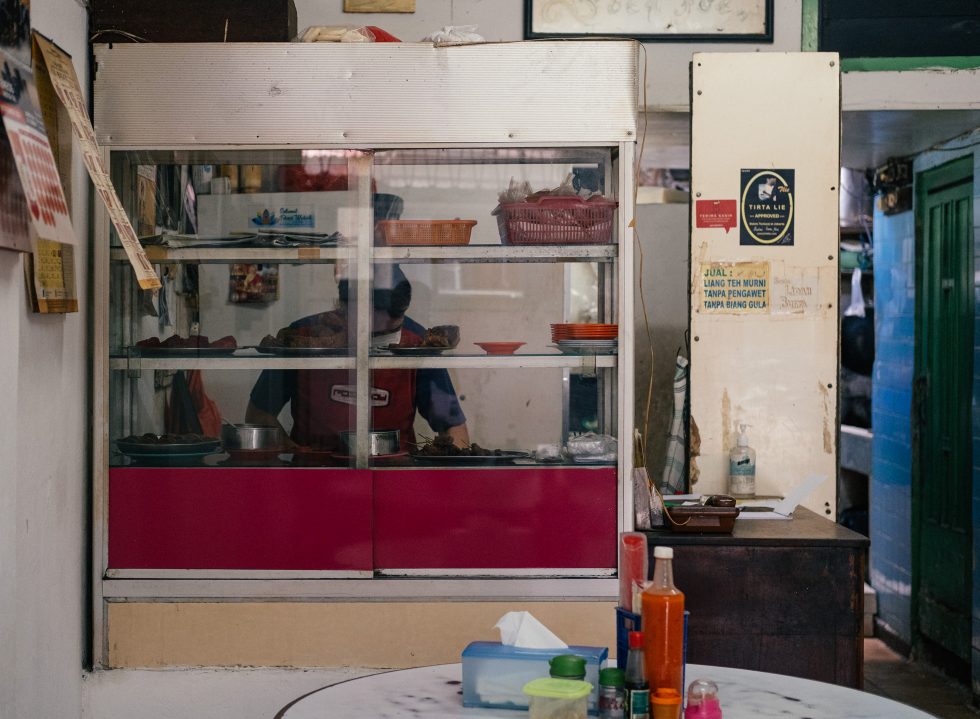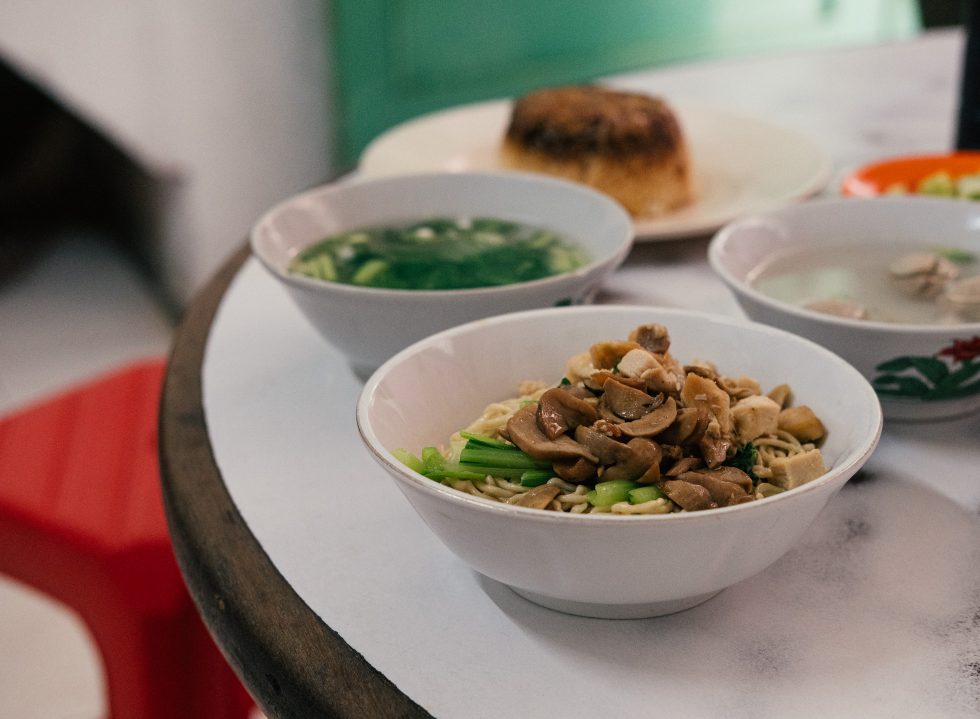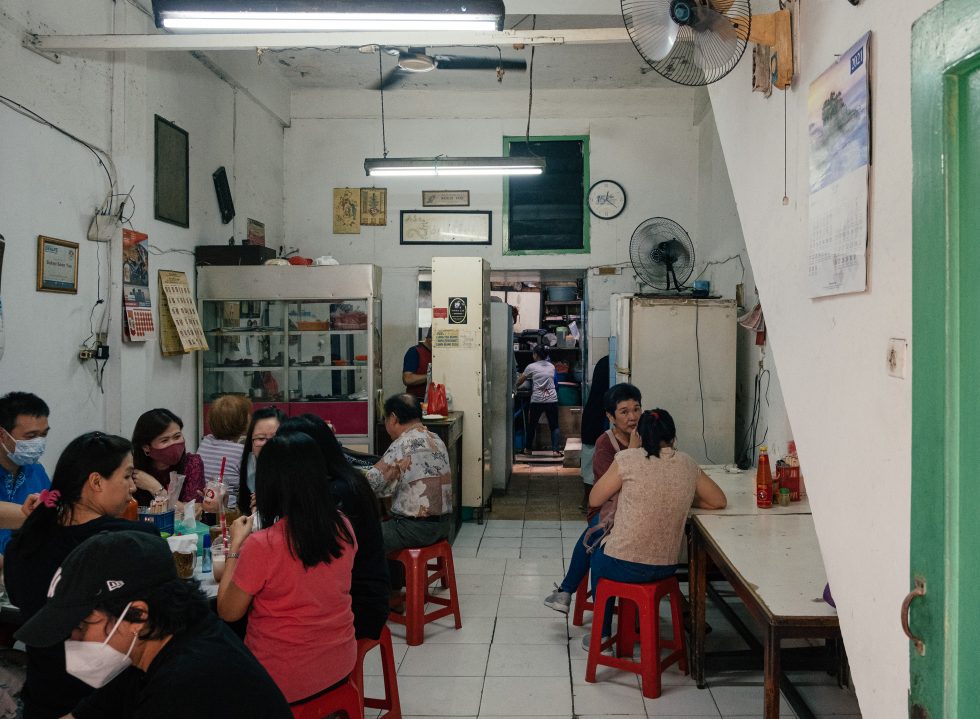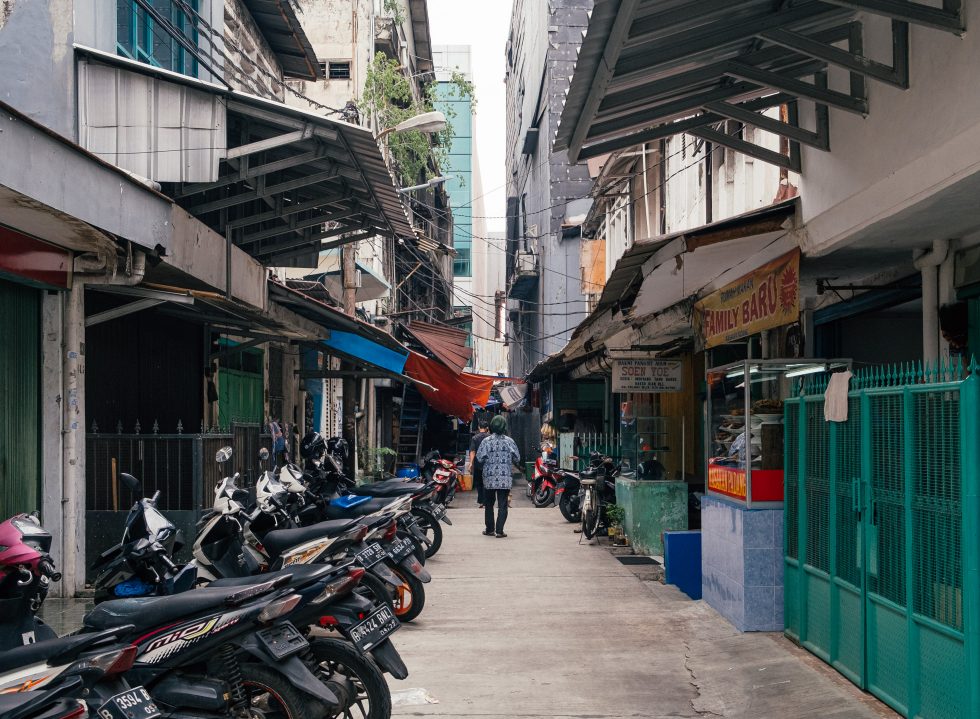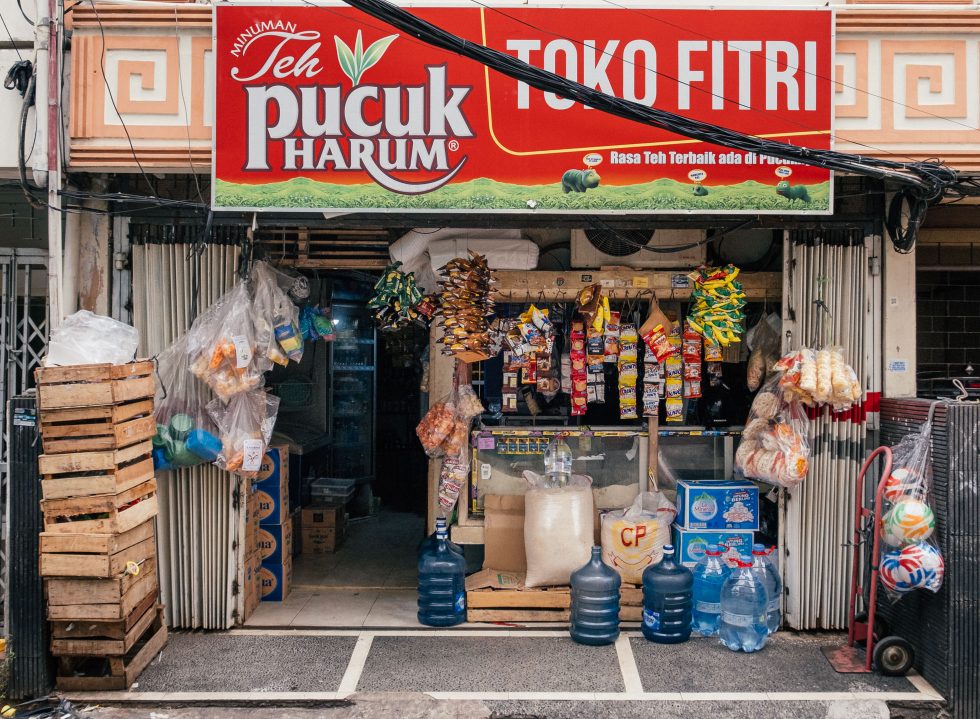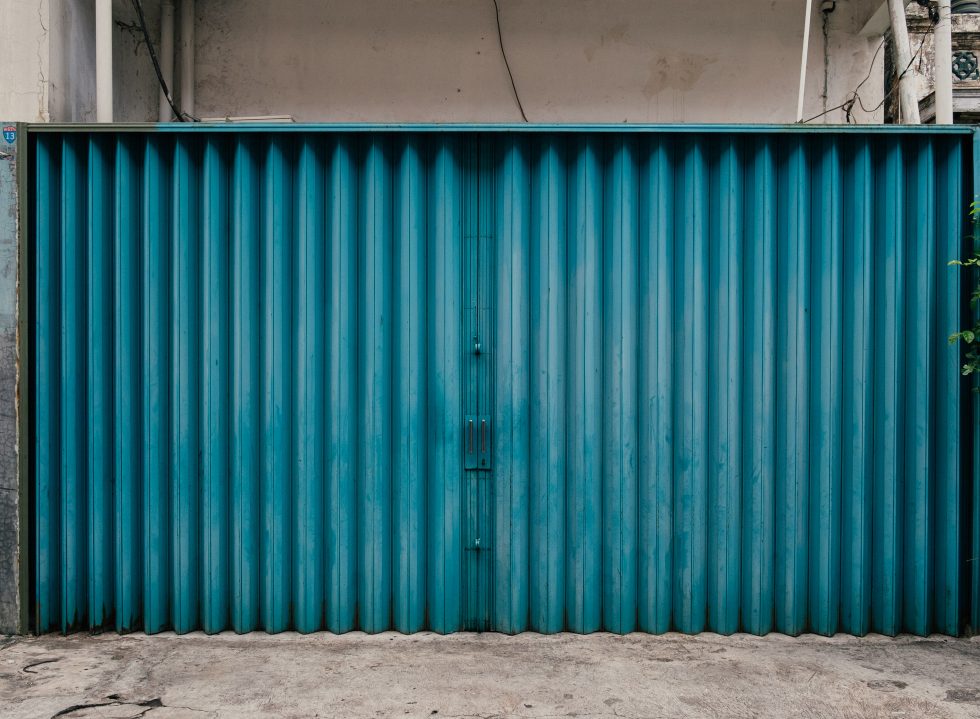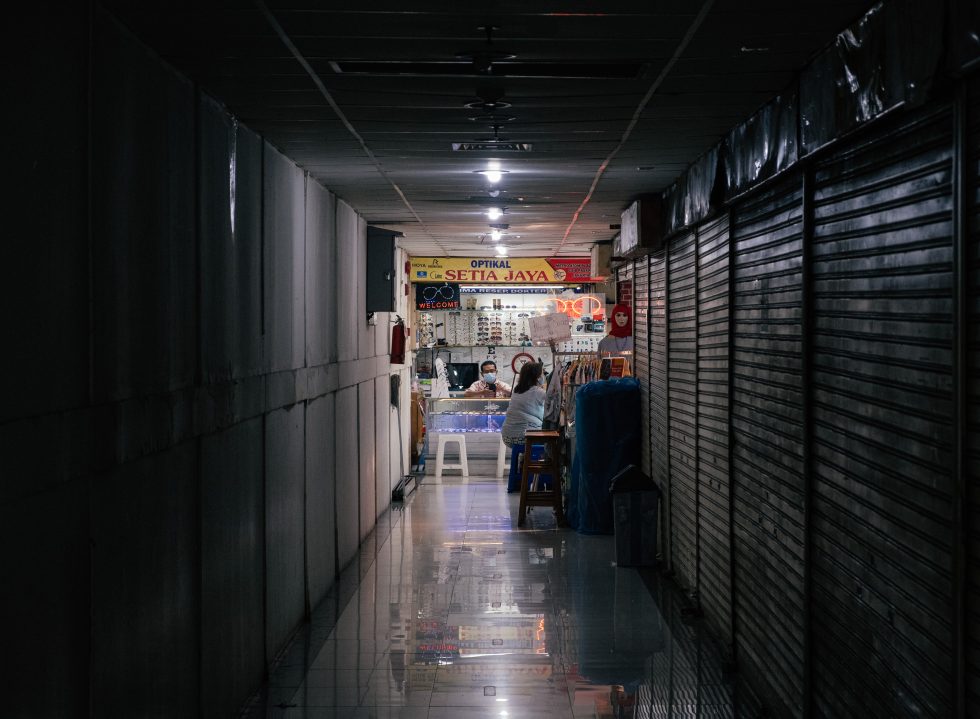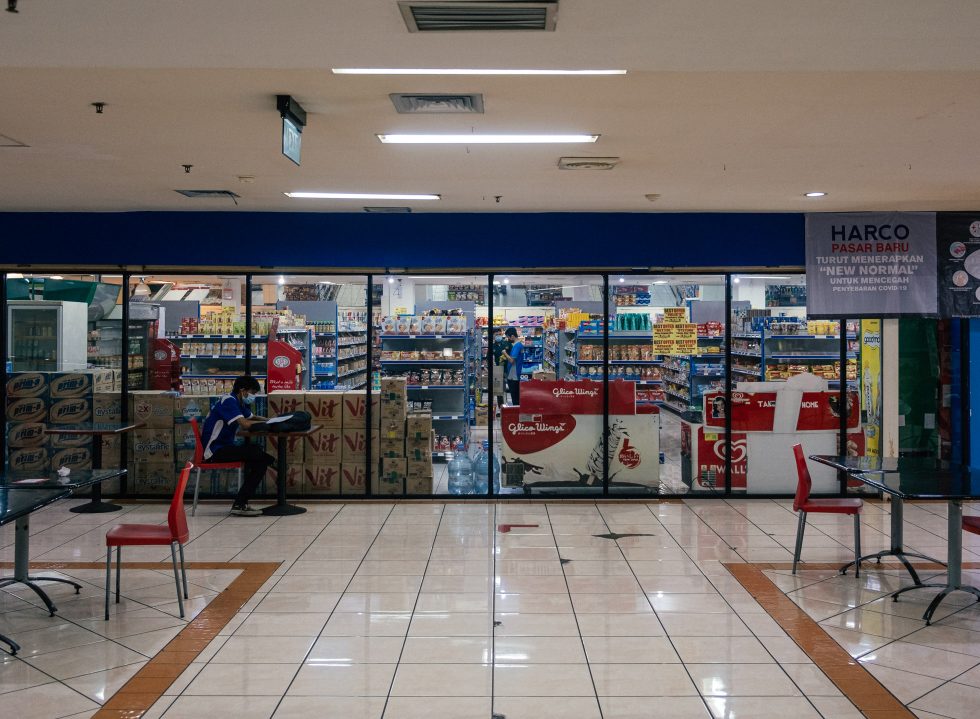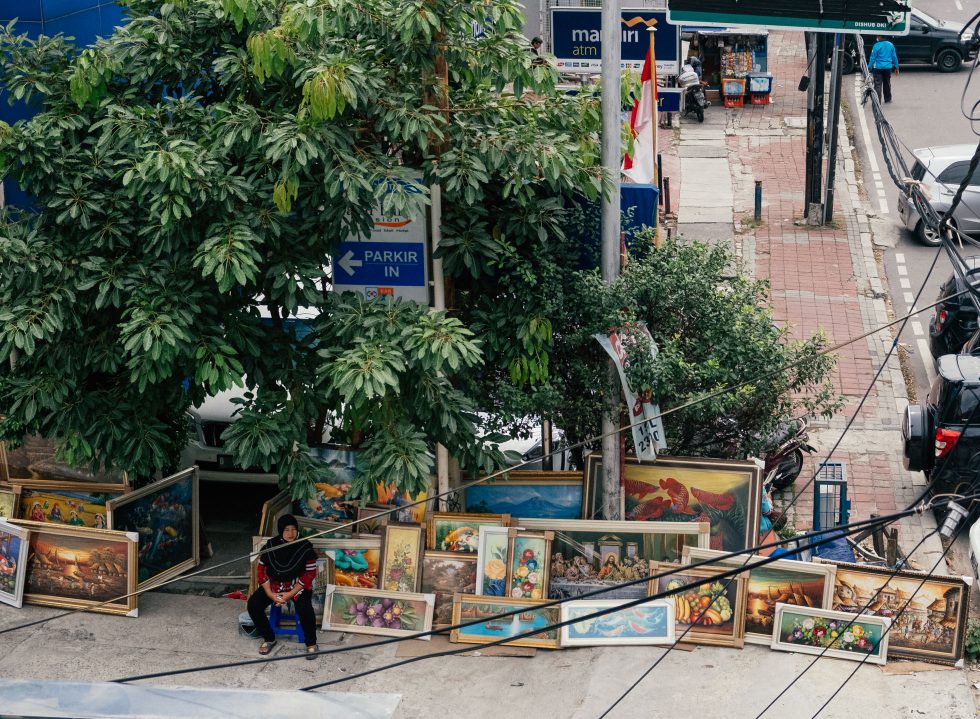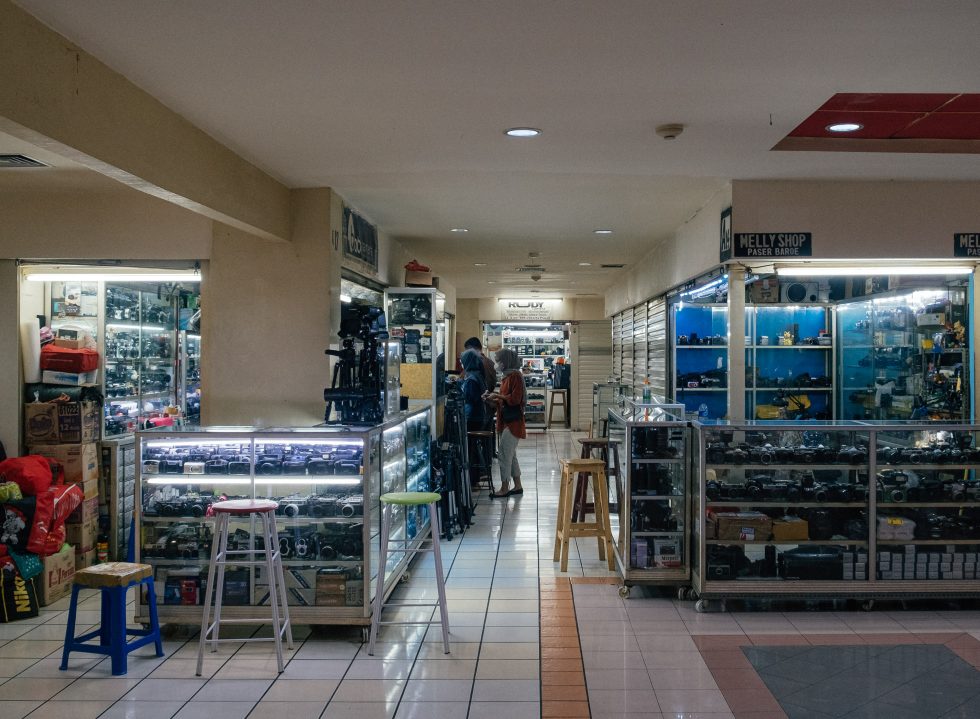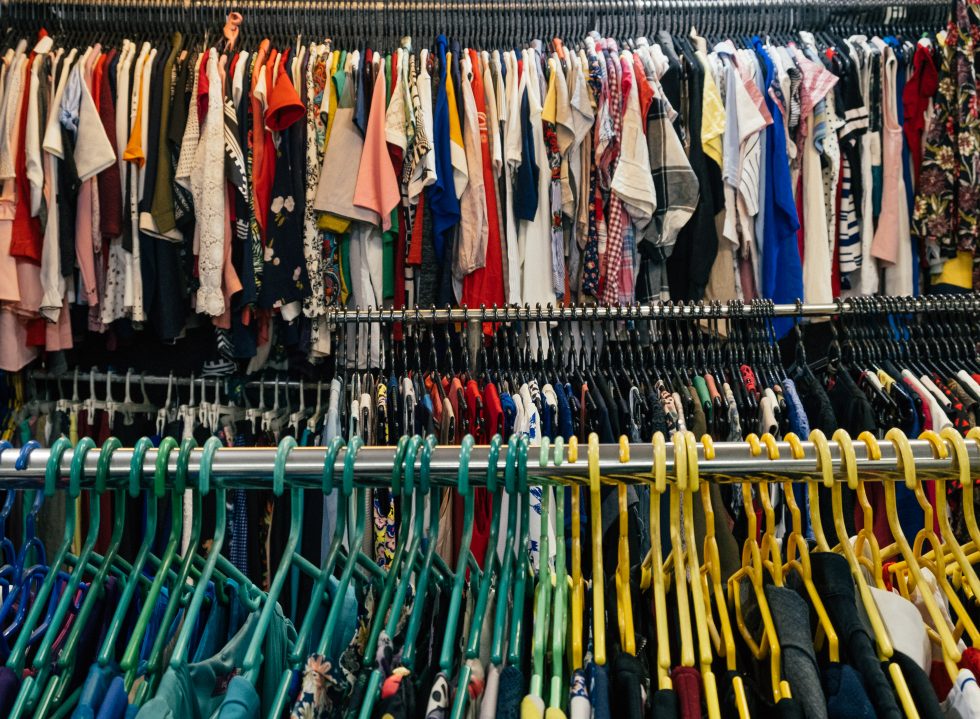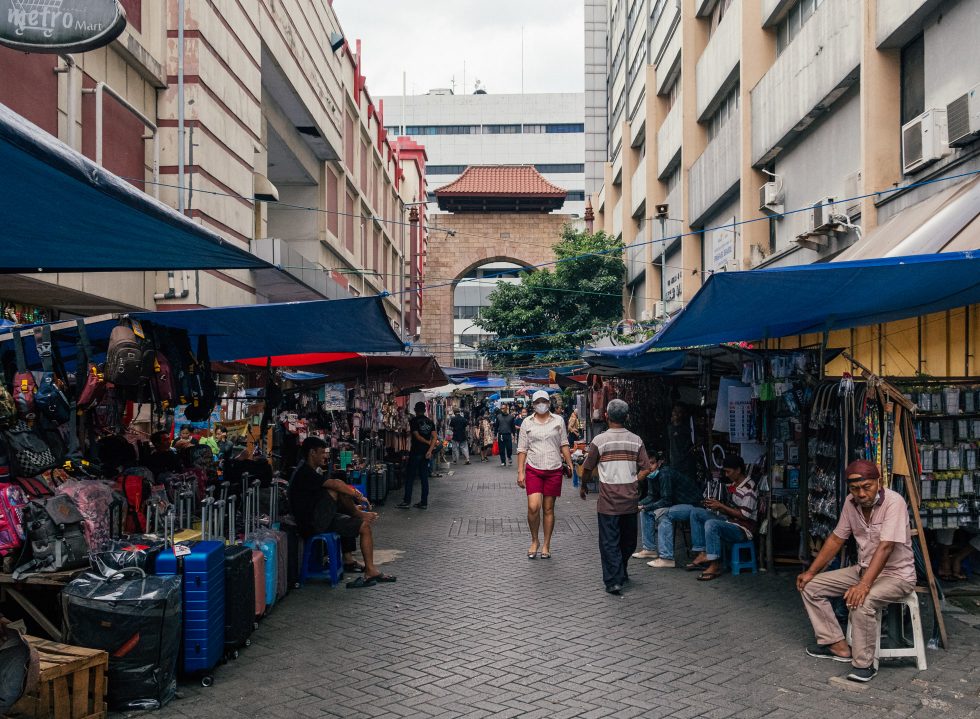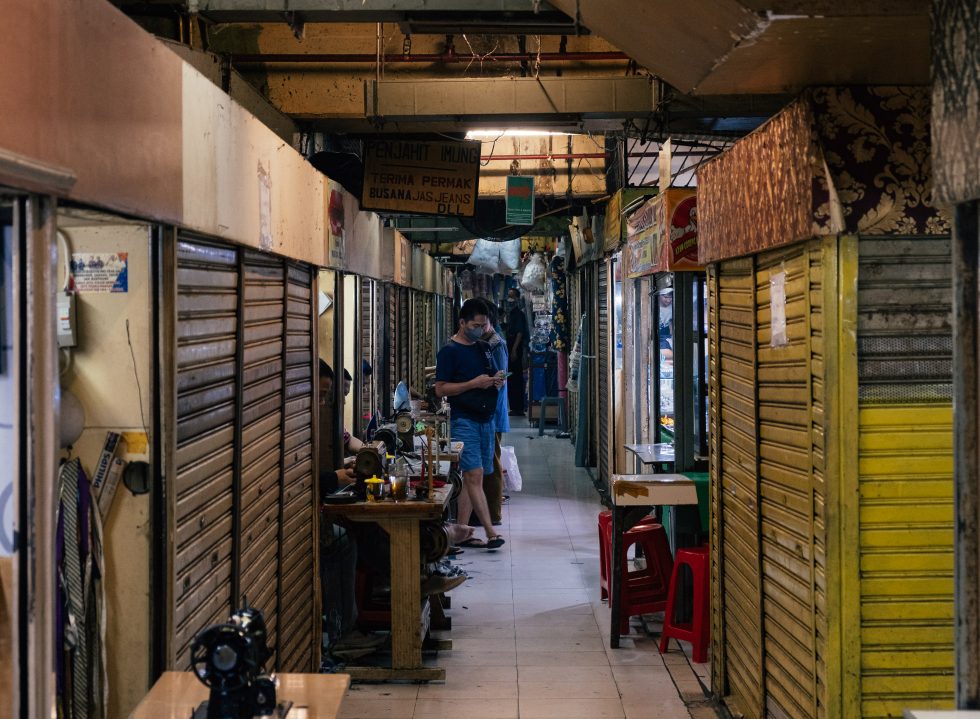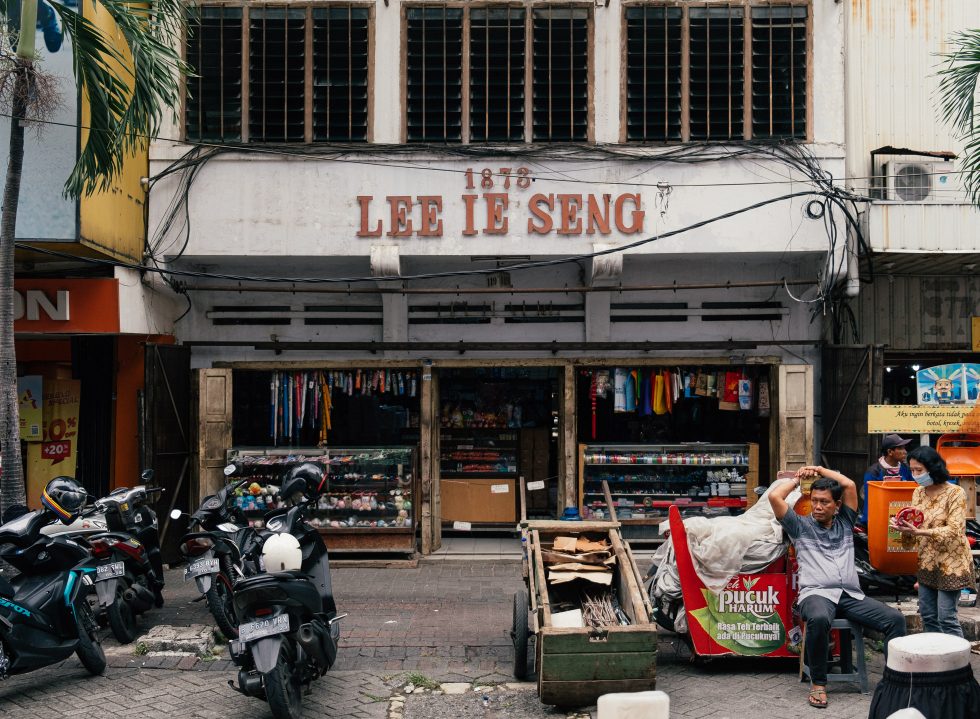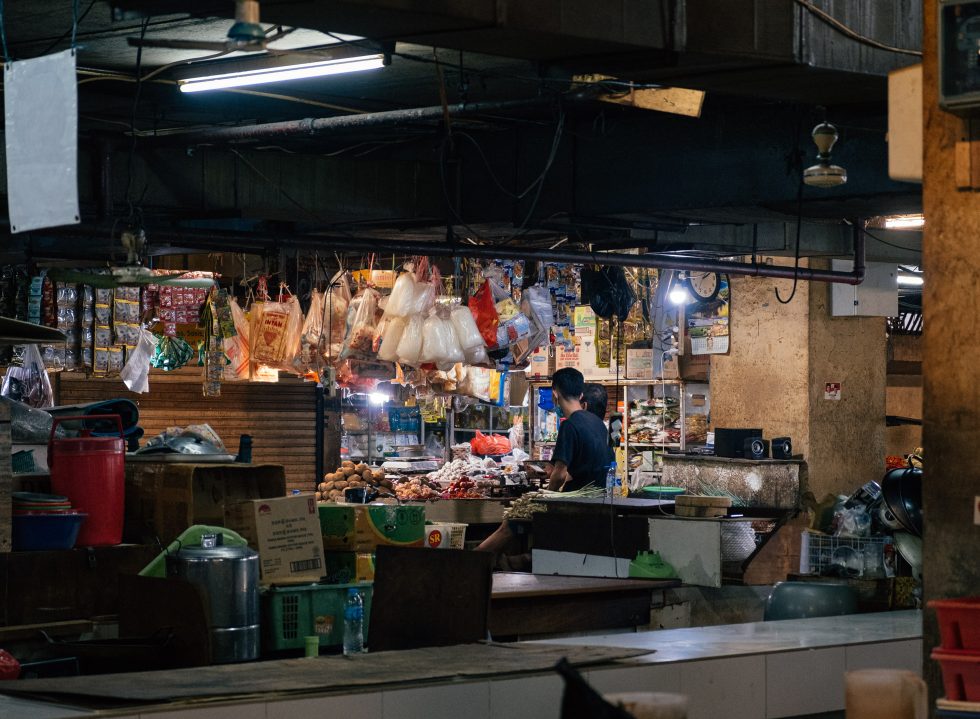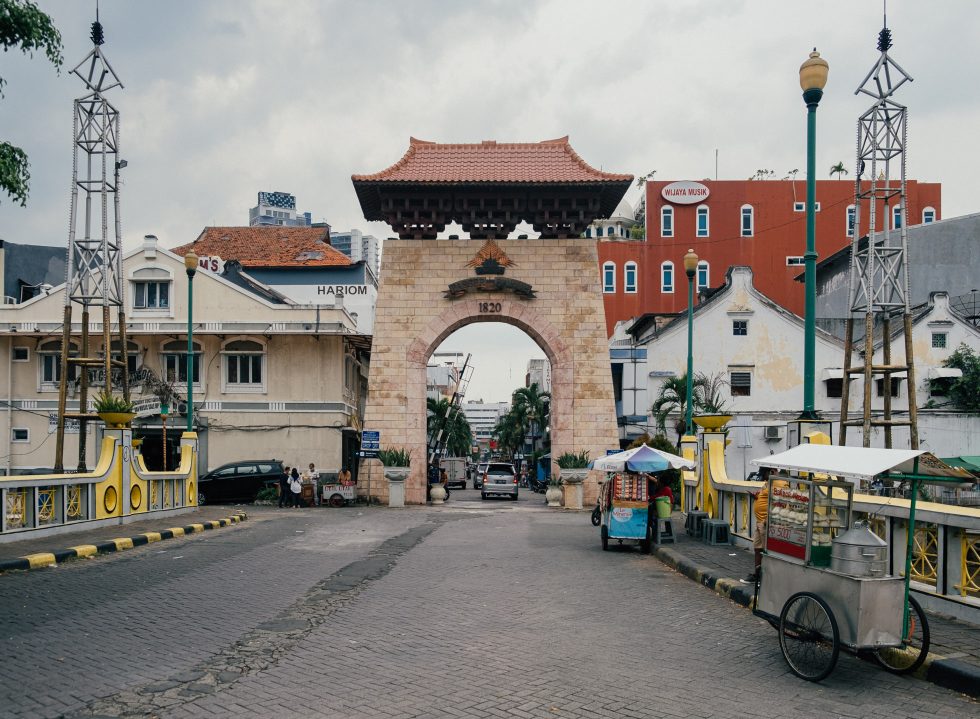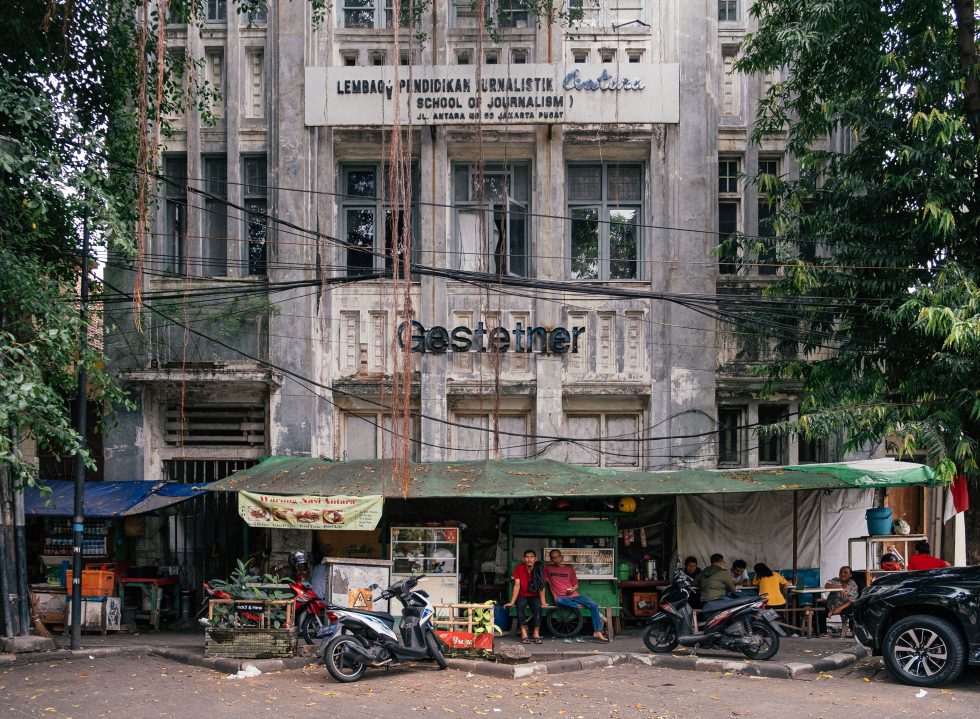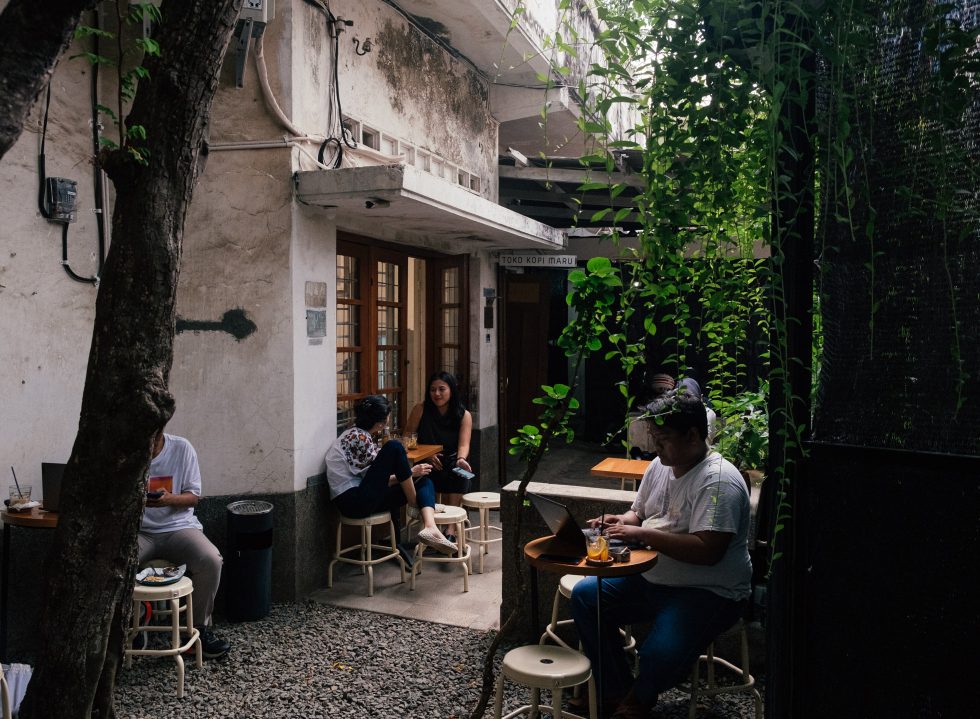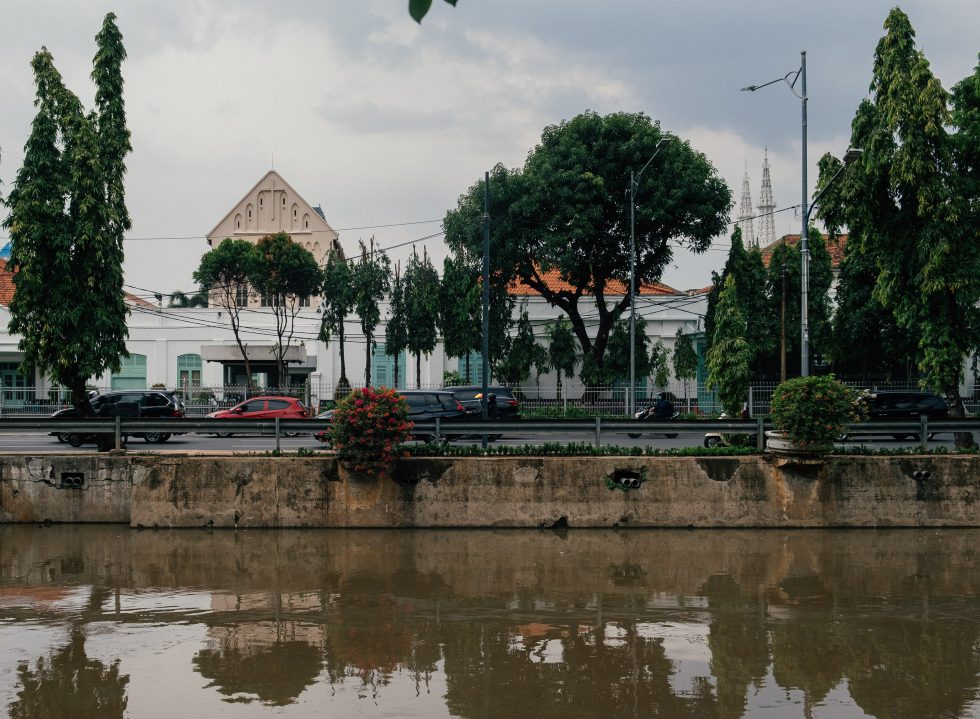As commercial hubs in Jakarta go, few are as evocative as the iconic Pasar Baru. The historical market has been attracting the city’s inhabitants and more since its establishment in the early 19th century. Throughout the years, sceneries that dominate the area continue to change, yet, Pasar Baru never lacked enjoyments that provide nostalgia for its seasoned visitors and hidden treasures to the new generation.
Settled just north of the then-called Weltevreden neighbourhood, an elite Dutch-dominated area, Pasar Baru has housed a community of multicultural purveyors throughout its two centuries-long history. Immigrants from other parts of the continent, mostly from India and China, established business here and continued their family trees within the country.
The legacy of these businesses left us with a hunting ground for textiles, handmade shoes, watches (authentic or otherwise), vintage cameras, clothing thrift stores, and fresh produce. And lest we forget, the legion of iconic F&B establishments that continue to animate the area as culinary treasure trove.
Now, a certain quietude has settled upon the area. While commerce has been recovering with the implementation of health protocols, shuttered storefronts have become a common sight—a regrettable scar left by the pandemic. Within the wet market and mall buildings, empty hallways echoed the memories of a livelier past.
Yet, amidst all this, others continue to strive. Cakue Ko Atek stands out in this instance. The food stand—which has been selling its signature Chinese fried dough since 1971—has been doing overwhelmingly well, attesting to its surge of popularity within social media circles. Another culinary mainstay in the area, Mie Soen Yoe, has also been quietly retaining its regulars since its establishment in the ‘60s.
Within its aged walls, one might overhear a conversation or two between patrons as they revel in memories of the place. Sipping a bottle of cold liang teh with a cakue in tow under the heat of the tropical sun, one can’t help but indulge in the ‘slow-living’ charm of Pasar Baru that shines through the bustle of the market.
A visit cajoles visitors to explore and discover interesting corners that might have been hidden from them. Perhaps, under-the-radar spots like a timeworn yet charming corner shop with their curated selection of imported products under the Metro Atom Plaza building; or maybe recently-opened establishments like Toko Kopi Maru, sequestered in an old family home of one named Tio Tek Hong (whether it’s the same Tio Tek Hong that established Dutch East Indies’ first record label a few blocks away remains a mystery to be uncovered).
In the face of changing times, a visit or a re-visit to Pasar Baru seems fitting. If not to preserve the memories, then perhaps to unveil both its hidden and long-established appeals as alternatives to the standard-fare metropolitan entertainment.

